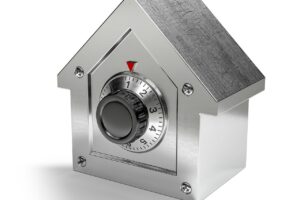Before the holidays, I was on a Zoom call with a group of other experienced professional organizers. Towards the end of the call, the conversation turned towards TV shows about organizing and everyone agreed on these two takeaways:
- It’s great these types of shows have brought attention to the organizing industry.
- Most people can’t transform a truly dysfunctional home without help. And even in these shows, you sometimes get a peek of closets stacked with all the clutter that’s been removed from the visible living spaces. In other words, the clutter problem still exists (and has possibly made living in the home worse) because nothing has actually been removed, just stuffed into areas out of camera range.
These observations reminded me of some of the organizing and minimalist blogs I regularly read. Particularly this one by Joshua Becker on people’s obsession with having the perfect home. As the television show mentioned above illustrated, people—and apparently some professionals–will go to great lengths to achieve what they believe to be the perfect home.
Though can a home where you can’t open a closet door without fear of an avalanche really be perfect?
Another one of Joshua’s blogs speaks to why homes become cluttered. It has to do with the usefulness or purpose of the items we buy. The example used in the article is a treadmill.
If you have one and you regularly use it, please disregard. Yet for some—you know who you are—the treadmill, elliptical or other machine becomes an expensive clothes hangar. Essentially, these items, when unused, lose their purpose/usefulness.
You can make the same case for clothes that go months, even years, in your closet without being worn—we have clothes to wear, correct? Otherwise, it’s just taking up space and serving no purpose. You can make the same argument for any number of items in your home (e.g., books, kitchen gadgets, etc.).
At the beginning of a new year, many people make resolutions. Much like organizing a home, that process requires taking a personal inventory. As you walk around your space, make a mental note of the usefulness of the items you see. Are those items serving a purpose? Or merely taking up space? For the items just taking up space, make a commitment to either use them or find a new home for them—AKA donate it.
The year 2020 saw us spend more time at home than ever before. This year promises to be more of the same for most of it. This means its as good a time as any to find the purpose in the things in your home.




